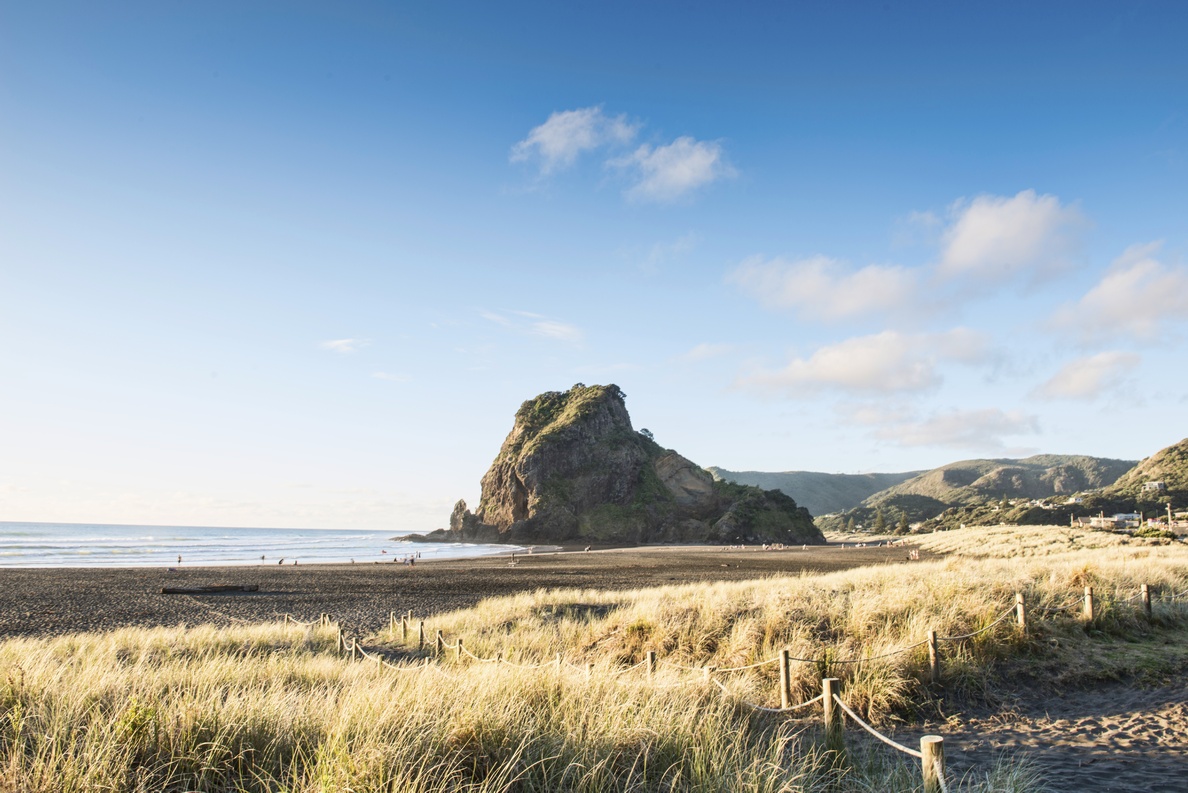Water sensitive design for stormwater
Author:
Mark Lewis, Jane James, Earl Shaver, S Blackbourn, Allan Leahy, Phil Wihongi, Eddie Sides, Christine Coste, Boffa MiskellSource:
Auckland CouncilPublication date:
2015Topics:
EnvironmentThis document, Water sensitive design for stormwater, known as GD04, provides guidance for the application of water sensitive design (WSD) to land use planning and land development, with a specific focus on stormwater and freshwater management.
WSD applies a set of principles to land development to reduce or minimise negative effects on the environment.The emphasis is on the appropriate location, layout and design of development, including its context within the broader catchment and region. WSD can be applied at multiple scales, for structure planning, subdivision and site development, and is appropriate for both greenfield sites and brownfield redevelopment.
A WSD approach takes into account the multiple objectives influencing project outcomes, including urban design, landscape amenity, and community issues and aspirations. In this way, stormwater management is targeted to where the greatest benefit can be achieved, both for the community and the land developer, and is an integral component of good urban design.
New approaches adopted by GD04:
Guidance on low impact design (LID) was previously provided by the Auckland Regional Council Technical Publication TP124 Low Impact Design Manual for the Auckland Region (2000). GD04 is an update of this document and includes the following new material:
1. A change in focus from LID to WSD and reframing to provide emphasis on freshwater management, particularly stormwater management, throughout all phases of land use planning, design and development
2. A WSD definition and set of principles
3. An analysis of challenges to WSD implementation
4. A discussion of synergies and conflicts between WSD and urban design principles
5. Application of WSD principles to brownfield environments
Extensive consultation was undertaken to develop GD04. Early in the development of this document, three consultation groups were tasked with providing the following specific input:
1. An internal Auckland Council technical review group provided the overarching direction of the document and helped to guide the focus of content within GD04.
2. A representative stakeholder group external to Auckland Council provided detailed guidance towards the practical application of content within GD04.
3. A group of local and internationally recognised WSD (or similar) practitioners provided independent peer review of the document.
The international practitioners ensured that the content of GD04 was aligned with international best practice, while independent local peer reviewers ensured that its content remained relevant to New Zealand and the Auckland region.
This single volume version of GD04 supersedes the October 2014 two-volume version.
March 2015
See also
